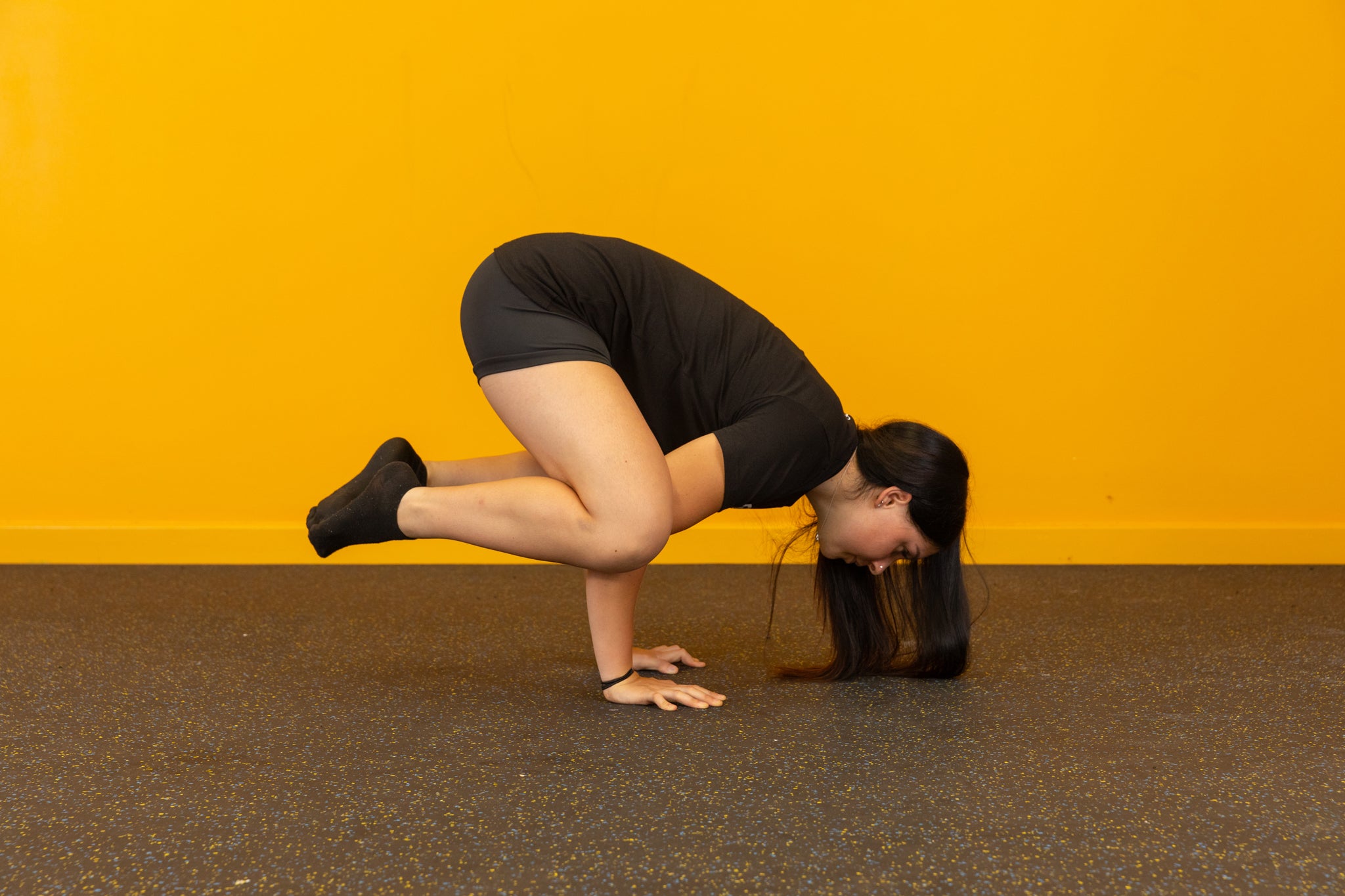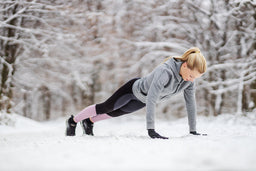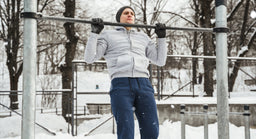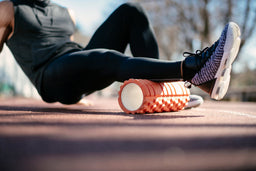
Calisthenics and joint health - bulletproof your joints with bodyweight exercises
Calisthenics – exercises that use your own bodyweight for strength training – has always been popular with gym goers. But it’s not just athletes who should be adding calisthenics to their training routine. Calisthenics is fantastic for promoting healthy joints and guarding against injury no matter how active you are. Let’s look at why calisthenics is great for joint health.
Why is calisthenics great for joint health
Calisthenics exercises use your bodyweight against gravity to build strength, stability, and muscular endurance. Unlike other forms of strength training, calisthenics doesn’t use external load like barbells and dumbbells or gym machines. You might use equipment like gymnastics rings or parallettes as you progress through more challenging movements. But at its heart, calisthenics is the art of mastering your own bodyweight.
And that’s why it’s so good for building and protecting healthy joints throughout the body. Calisthenics exercises and movement patterns challenge the small, stabilising muscles around your joints to work harder, which in turn strengthens the joints themselves. Calisthenics training also increases your mobility, co-ordination, and proprioception which play a role in maintaining healthy joints.
Calisthenics is a functional form of training, with exercises that mimic natural movements and encourage the body to move through full range. Unlike other forms of training, it doesn’t isolate muscles or overload particular body parts. Instead, calisthenics uses compound movements to engage multiple muscle groups and move the body through natural patterns.
Best calisthenics exercises to prevent achy joints
All calisthenics exercises are low-impact, functional, and mimic natural movement patterns which is good for promoting healthy joints. Don’t forget the smaller joints in your body, like the wrists, ankles, and even fingers and toes. Here are some top calisthenics exercises that will help to keep your joints healthy.
- Push-ups / push ups – build strength in the chest, shoulders and triceps whilst building stability in the complex joints of the shoulder girdle, wrists, hands, and elbows.
- Pull ups on the rig or gymnastics rings – great for upper body strength, and for targeting the thoracic spine and back of the shoulder joints.
- Air squats / bodyweight squats – strengthens the quads, hamstrings and glutes whilst improving strength and mobility in the hips, knees, and ankles.
- Bear crawls and ape shuffles – these movement-based calisthenics exercises are great for the shoulders, spine, hips, knees, ankles, hands, and fingers.
- Hindu push up – this push up variation moves the spine through extension and flexion and works joints of the entire spine, as well as hips, elbows, and wrists
- Scapula wing dip and scapula pull ups – these partial movements can be done as learning points for larger movements, but they are great for mobilising and strengthening the shoulder girdle.
- Crow pose – this advanced hand balance is a great way to strengthen the wrists, hands, and finger joints.
How to avoid injury with calisthenics
- Start with proper warm-up – calisthenics is low-impact but you still need to warm up. Set aside time for stretches, mobility exercises, and movement progression to increase blood flow, flexibility, and range of motion.
- Exercise selection – unlocking a new calisthenics skill is rewarding, but build up to advanced exercises slowly. Start with the basics before you move on to more challenging exercises.
- Focus on form – pay attention to technique and listen to your body when you’re learning and practicing calisthenics. Avoid rushing through movements or sacrificing form for the sake of doing more reps. Quality always trumps quantity in calisthenics.
Are there any injury risks in calisthenics
Any kind of activity carries some risk, but calisthenics is one of the safest types of training because it uses your own bodyweight and natural movement patterns. Most calisthenics exercises are versions of bodyweight movements that your body should be doing anyway. Even advanced calisthenics movements are natural patterns of movements that your body is designed to do. You won’t be using super heavy weights, barbells, or gym machines.
If you start slowly, learn properly, and pay attention to proper form, the injury risk from calisthenics is extremely low. What’s more, calisthenics training is faster to recover from than other forms of strength training.
Bodyweight exercises for healthy joints
Calisthenics is a functional way to build real-life strength that protects and supports your joints at any age. The beauty of calisthenics is that it’s based on your bodyweight, your mobility, and your abilities at any given time. It really is movement for life.
Take time to learn calisthenics properly, practice little and often, and your joints will get stronger, healthier, and more stable.

































